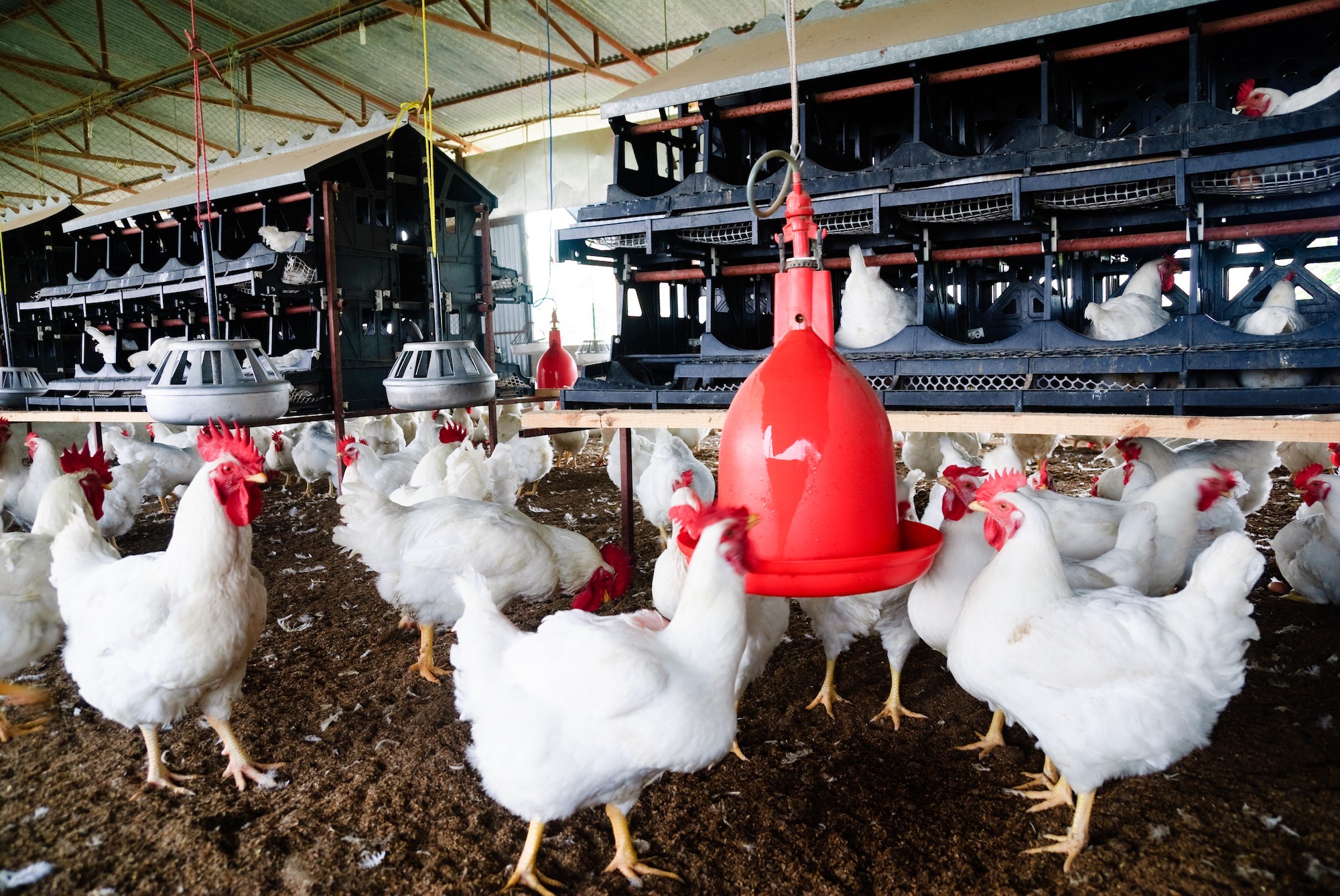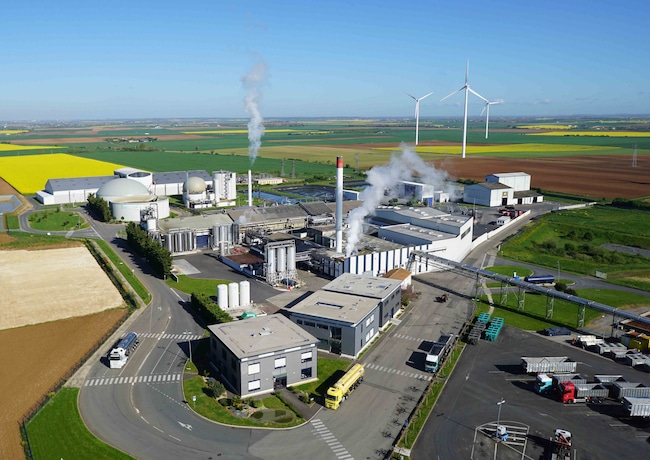Rendering converts animal by-products from the meat and livestock industry into usable materials. Our members process 18 million tonnes of by-products each year to make it safe, stable and suitable for reuse.
Up to half of every animal produced for food is not suitable for human consumption so it is a by-product. Without proper management, meat and animal by products can become hazardous, rendering prevents this. The rendering industry is underpinned by strict veterinary principles to prevent the spread of animal disease and zoonoses, these include:
- Prompt collection of hazardous and potentially hazardous material from farms and slaughterhouses.
- Full traceability and safety along the reprocessing chain using HACCP (Hazard Critical Control Point) approach
- Strict rules on the reuse of specific material
- The European rendering industry fulfills the highest regulatory standard worldwide
Rendering produces three main products, water, protein and fat. Water is treated and returned to the environment. Protein and fat are used in a range of products including feed, fuel and fertilisers.

Which by-products are rendered?
The short answer is animal by-products from slaughterhouses and fallen stock that died on farm. The longer answer is that within Europe, animal material falls into three categories; depending on the level of risk it is processed and used in different ways.
What are the three categories?
CATEGORY 1 (HIGH RISK):
- Specified Risk Material (SRM) linked with transmission of TSEs (Transmissible Spongiform Encephalopathies), this includes the spinal chord and brain.
- Fallen stock with SRM
- International catering waste
- Anything handled with Category 1
CATEGORY 2:
- Material not fit for human consumption and posing a risk to animals and humans
- Fallen stock without SRM
CATEGORY 3:
- Fit for human consumption at the point of slaughter
- From healthy slaughtered animals, not fit for human consumption but no risk to animals, humans and environment
- Domestic catering waste
Processing is done on segregated lines to prevent contamination between different categories of waste and between different species.

Did you know...
Did you know...
Many rendering sites run off carbon neutral resources
Did you know...
Did you know...
Animal by products provide enough phosphorus to fertilise 3 million football pitches
Did you know...
Did you know...
Biodiesel has 15% the greenhouse gas emissions of fossil diesel

How are by-products processed?
Rendering uses heat and pressure to sterilise and stabilise animal material. Sterilisation kills harmful microorganisms thus eliminating disease risk. Stabilising prevents any further decomposition of by-products and makes them suitable for storage and reprocessing for other uses.
A key step is removing water. From 18 million tonnes of material taken in by EFPRA members, only around 6 million tonnes of material are produced, the rest is lost as water which is treated for safe return into the environment. From the process two main products are produced, fat (known as tallow) and protein.